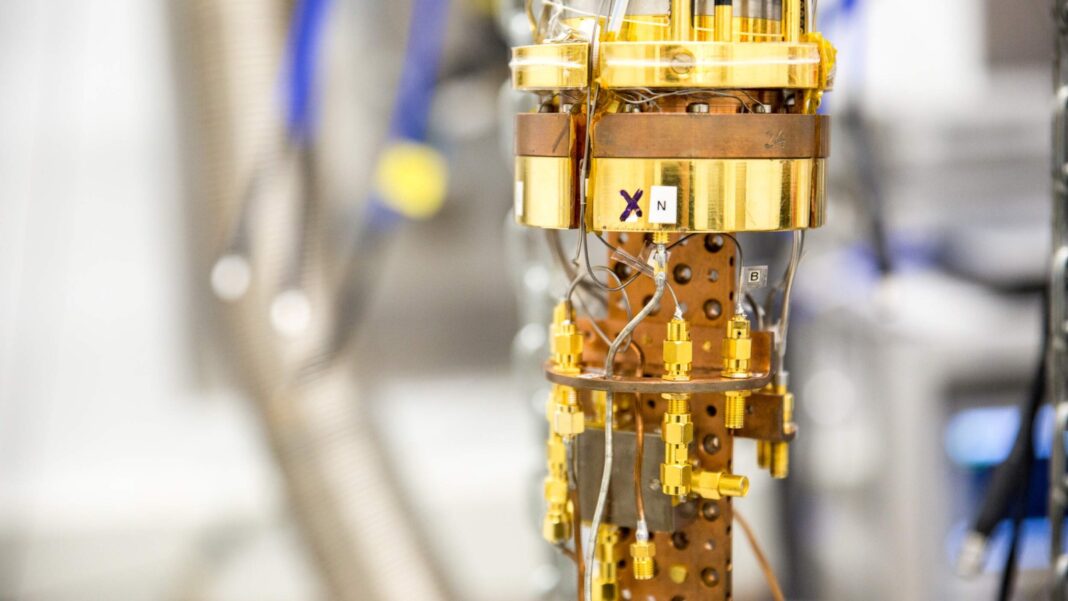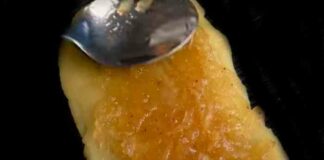Could exotic “time crystals” hold the key to revolutionizing quantum computing memory? Recent research suggests this might be possible, offering a glimpse into a future where quantum data storage lasts minutes instead of milliseconds. This is a significant leap from current technology and could unlock new possibilities for complex quantum computations.
Time crystals are unique materials that exhibit repeating patterns in time rather than space, like traditional crystals do. Imagine a pendulum swinging back and forth – its movement is periodic but driven by an external force (gravity). Time crystals, however, spontaneously develop this periodicity without any continuous external influence.
Scientists have been exploring various setups to create these fascinating structures. In the latest study published in Nature Communications, researchers from Aalto University in Finland focused on a type of time crystal built from quasiparticles called magnons. These are collective waves associated with the spin property of particles within a superfluid helium-3 environment.
Overcoming the Fragility Barrier
Time crystals have been considered remarkably fragile, easily disrupted by their surroundings. However, this study tackled that challenge head-on. The researchers successfully coupled their magnon time crystal to a mechanical surface wave without destroying it. This interaction is crucial because it demonstrates the potential for harnessing the inherent robustness of time crystals for practical applications.
Imagine gently rocking a delicate object back and forth – while seemingly fragile, it can withstand the motion if done carefully. This analogy captures the essence of what the researchers achieved. By carefully manipulating the mechanical wave, they induced a change in the time crystal’s frequency without causing damage.
“This is for me the most interesting part,” explained study co-author Jere Mäkinen to Live Science. “It is that you can really couple time crystals in a significant way to another system and harness the inherent robustness of time crystals.”
A Potential Quantum Memory Solution
The implications of this discovery are enormous, particularly for quantum computing. Quantum computers leverage qubits, which unlike classical bits, can exist in a superposition of states (both 0 and 1 simultaneously). This property allows them to potentially outperform classical computers on specific tasks.
However, preserving these delicate superpositions is paramount. Current quantum memory technologies primarily rely on the orientation of spins to store data, but these spin states are highly susceptible to environmental noise. This noise disrupts the superposition, causing the qubit’s state to collapse and essentially losing the quantum advantage. Consequently, existing quantum memory only lasts milliseconds.
The magnons used in this study demonstrated remarkable stability. They persisted for minutes even while interacting with the mechanical surface wave – a crucial factor for storing quantum data. This robustness stems from how information is encoded within the magnon’s frequency, which is less vulnerable to environmental disturbances than spin orientations.
“The obvious idea is to really go towards the quantum limit and see how far we can push it,” said Mäkinen. The team envisions using these mechanically coupled time crystals as a bridge between quantum processing units and memory modules in future quantum computers. This could allow for longer-lasting storage of qubit information, enabling more complex computations and unlocking new frontiers in quantum computing.
Learning from Optomechanics
Interestingly, the study also reveals intriguing parallels with optomechanics – a field where light interacts with mechanical resonators. The subtle influence of a photon hitting a mirror attached to a spring (a familiar example) alters the spring’s energy. This analogy provides valuable theoretical insights into the behavior of time crystals coupled with mechanical waves.
The similarities suggest that established principles from optomechanics could be applied to understand and manipulate these novel time crystal systems. “Optomechanics is such a general theme in many fields of physics, so you can use it in a huge variety of different systems,” Mäkinen stated.
These findings pave the way for further research into coupling time crystals with various mechanical resonators, potentially leading to even more robust and efficient quantum memory solutions in the future. The journey towards building fault-tolerant and scalable quantum computers appears to be inching closer with each groundbreaking discovery like this one.



























